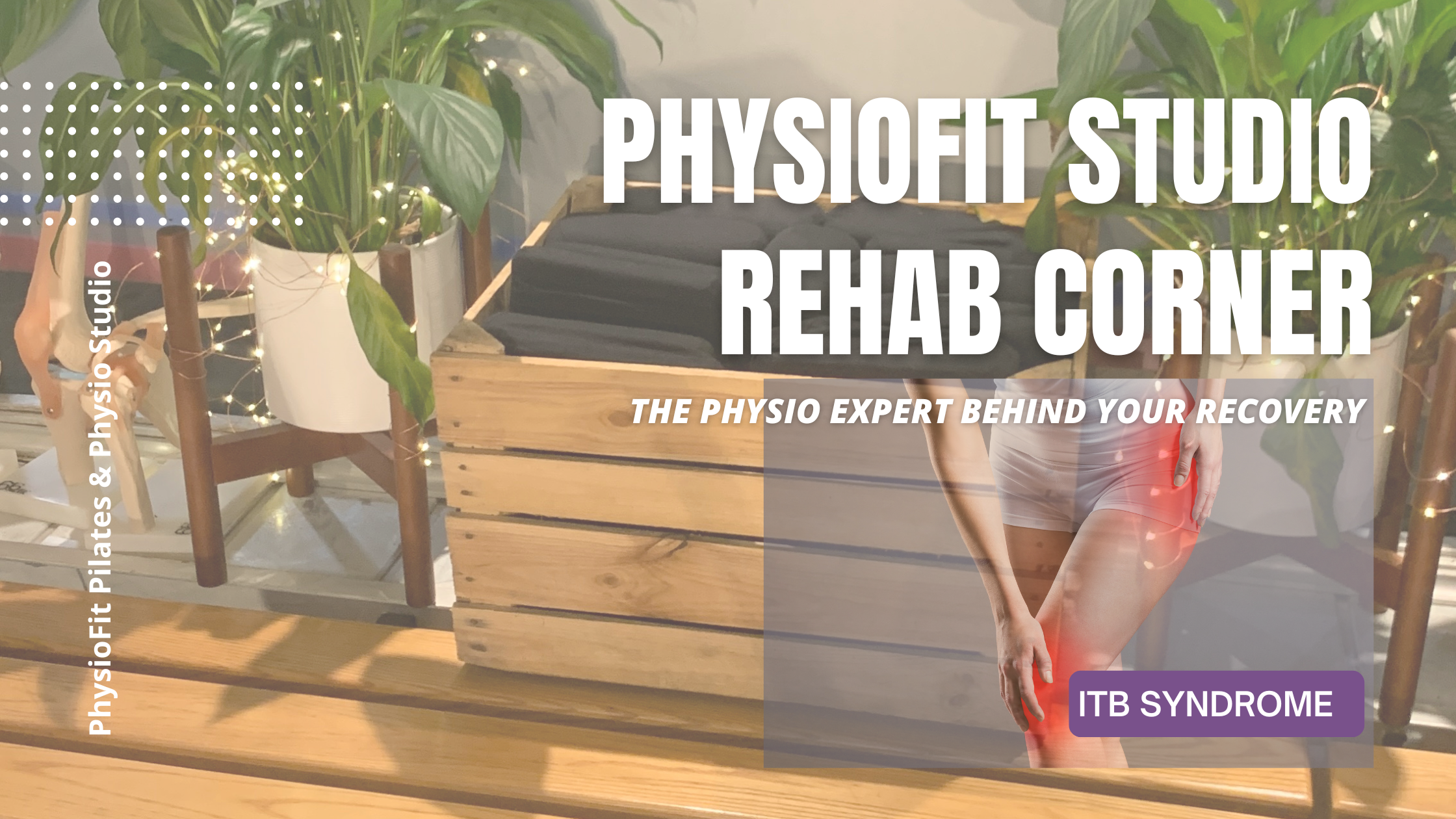ITB Syndrome: Understanding the Basics of Iliotibial Band Syndrome
INTRODUCTION:
For runners, one of the most common causes of knee pain is ITB syndrome. ITB stands for Iliotibial Band Syndrome, and it is characterized by pain on the outside of your knee that gets worse with running or any other repetitive activity. It can be a difficult injury to diagnose and treat, but with the right knowledge, you can get back on your feet in no time.
EssentiaL Facts About ITB Syndrome
Overuse
One of the most common causes of ITB syndrome is overuse. This condition often affects runners, cyclists, and other athletes who participate in repetitive motion activities. When the muscles and tendons around the hip are used too much, they can become irritated and inflamed, leading to pain and discomfort.
Poor Biomechanics
Another common cause of ITB syndrome is poor biomechanics. This refers to the way your body moves when you walk, run, or perform other activities. If your biomechanics are not efficient, it can put extra strain on your muscles and tendons, which can lead to inflammation and pain.
Muscle Imbalance
Muscle imbalance is another possible cause of ITB syndrome. This occurs when there is an imbalance between the muscles that stabilize the knee and those that move the knee. This can be caused by weak stabilizing muscles, tight moving muscles, or both. Muscle imbalance can lead to improper tracking of the kneecap, which can irritate the IT band and cause pain.
Poor Footwear
Wearing shoes that do not provide adequate support or cushioning can also lead to ITB syndrome. This is especially true for runners who do not wear proper running shoes. Wearing shoes that are too worn down can also put extra strain on the muscles and tendons around the knee, leading to inflammation and pain.
Excess Weight
Carrying excess body weight can also contribute to ITB syndrome. This is because extra weight puts additional strain on the muscles and tendons around the knee joint. This can lead to irritation and inflammation of the IT band, resulting in pain and discomfort.
Previous Injury
Having a previous injury in the area can also increase your risk of developing ITB syndrome. This is because scar tissue from previous injuries can make it difficult for the muscles and tendons to glide smoothly over one another. This can lead to friction and irritation, which can eventually result in pain and discomfort
Common Causes of ITB Syndrome:
The condition is most common in runners, particularly those who run long distances or participate in hill running.
It’s more common in women than men, and the risk of developing the condition increases with age.
If left untreated, ITB syndrome can lead to chronic knee pain and decreased mobility.
Common Symptoms of IT Band Syndrome:
The primary symptom of ITBS is sharp pain on the outer side of your knee that worsens with activity levels.
Other symptoms include a snapping sensation when your knee bends,
Swelling on the outer side of your knee, and radiating pain into your thigh or calf muscles.
It is important to note that these symptoms usually worsen with increased activity levels but subside during periods of rest.
Physiotherapy can be highly effective:
By implementing an exercise rehabilitation programme that follows four key steps:
Identifying risk factors; Prevention is key for avoiding ITBS
Building strength and stability; strengthening exercises help provide support to the knee joint area when participating in physical activities such as running or cycling
Establishing range of motion & Stretching exercises can help release tension in your illiotibial band
Progressively increasing challenge and load; gradually increasing intensity levels over time (i.e., don’t go from 0 miles per week straight to 10!)
Doing physio- led pilates classes or specific Pilates exercises designed to strengthen the muscles around the hip can help manage symptoms and reduce chances of flare ups
Prevention is Key for Avoiding ITBS
When these steps are carefully combined with physiotherapist advice regarding stretches, lifestyle changes and other helpful tips, lasting relief from ITB syndrome symptoms becomes a real possibility!
Taking physio exercises seriously, even if it means totally changing up your workouts or training plans, is key in managing ITB syndrome.
With the right physio treatments, people who suffer from ITB Syndrome can get back out there to enjoy their physical activities again.
